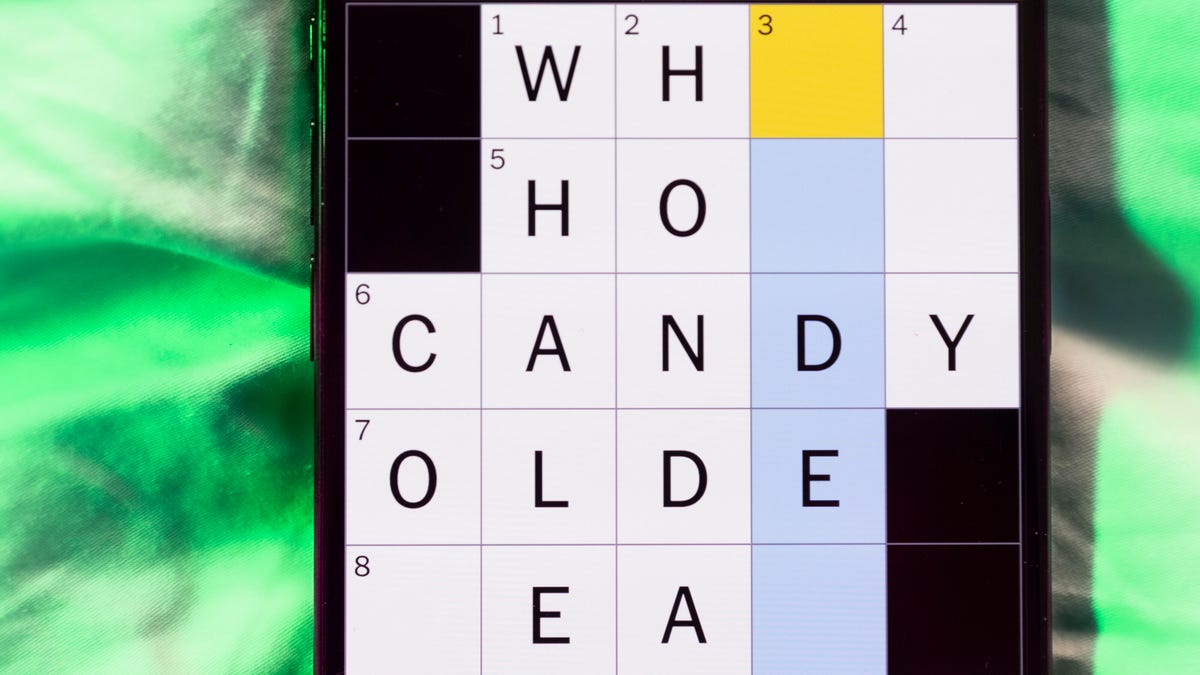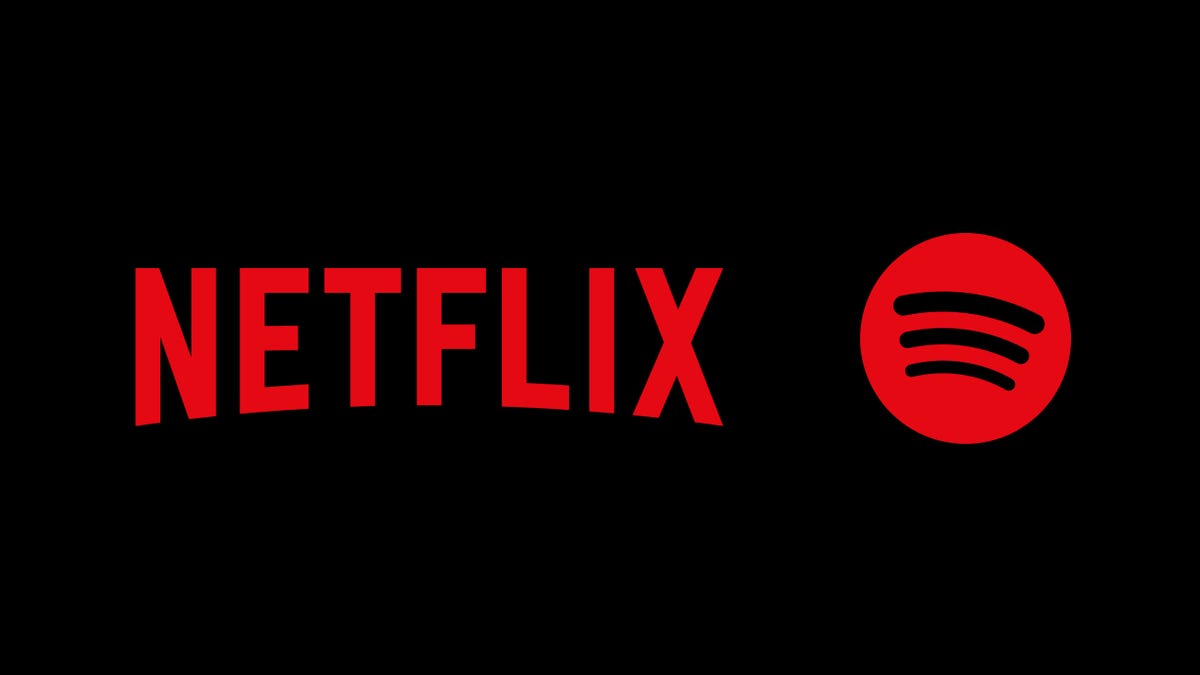Technologies
Apple iPhone 17 vs. Google Pixel 10: How Each Flagship Phone Stacks Up
Apple and Google’s base flagship handsets each pack a lot of value for $799, with both phones getting noticeable improvements over prior models.
Apple’s iPhone 17 and Google’s Pixel 10 have a lot in common this year. Both phones may look very similar to prior iPhone and Pixel phones, but it’s on the inside, there are new features that can make both phones feel quite new.
For the $829 iPhone 17, Apple’s bumped up the base storage to 256GB, brought a 120Hz ProMotion display to the base iPhone for the first time and threw in the new Center Stage front-facing camera that lets you take horizontal and vertical photos without rotating the phone. You can also get a 512GB model for $1,029.
Meanwhile, Google’s $799 Pixel 10 marks the first time the company is putting a third telephoto lens into the base model to improve zoom photos, support magnetic Qi2 wireless charging accessories, and a slew of new AI features that take advantage of Google Gemini. The Pixel 10 still starts with 128GB of storage, with a 256GB model costing $899. There is no 512GB edition of the Pixel 10, which is instead offered on the Pro models.
If you have a strong preference for either Apple’s iOS or Google’s Android, you might already have a lean toward one of these phones. However, if you aren’t particularly loyal to one operating system over the other, there’s a lot to consider when deciding between each phone. Let’s go over some of the big highlights between the iPhone 17 and the Pixel 10, and you can use them to compare which one is best for you.
Don’t miss any of our unbiased tech content and lab-based reviews. Add CNET as a preferred Google source.
Display
Both the iPhone 17 and the Pixel 10 have 6.3-inch OLED displays that support a variable120Hz refresh rate for smoother animations as well as the option for an always-on display for glanceable information. Both phones also have a similar resolution, with the iPhone 17 having a slightly higher 2,622×1,206-pixel resolution against the 2,424×1,080p resolution on the Pixel 10. Both will make videos, websites and photos look great, although you might need to take a visit to the settings menu to make sure that the higher refresh rate is turned on.
Both phones also support face identification inside the display. Apple’s iPhone 17 continues to use a Dynamic Island notch for its Face ID technology, while the Google Pixel 10 uses its front-facing camera and AI processing for its own Face Unlock feature. Both Google and Apple’s Face ID are secure enough to work for mobile payments. The Pixel 10 also has an under-display fingerprint sensor if you would prefer to use that for unlocking your phone.
Cameras
The iPhone 17 and the Pixel 10 each have noticeable changes to their camera systems, providing a lot of opportunities for taking detailed photos.
Apple’s 48-megapixel wide camera is now accompanied by a 48-megapixel ultrawide camera, and its system claims to be capable of taking photos at a 2x «optical zoom quality» by using image sensor cropping despite not having an actual telephoto camera. While the ultrawide camera received quite a bump from the iPhone 16’s 12-megapixel camera, the 18-megapixel Center Stage camera on the front is a full revamp for how the iPhone takes selfies. This camera’s new square sensor lets you take vertical and horizontal selfie photos without rotating your phone and can be set to dynamically resize to get an entire group into a photo.
Google instead put a bigger focus on improving zoom photos by adding a 10.8-megapixel telephoto lens to its rear camera system, with a 5x optical zoom. This puts the Pixel 10 in close competition with the Samsung Galaxy S25, the latter also has a telephoto camera. That telephoto lens pairs up with a 48-megapixel wide camera and a 13-megapixel ultrawide, both of which are similar to what Google included on the $499 Pixel 9A.
Special features
Apple’s iPhone 17 and Google’s Pixel 10 both have in-house processors, which help each company provide a deep level of feature integration on both the hardware and software side for their phones. This includes long software update periods, such as Google’s seven-year commitment of Android updates for Pixel phones. Apple’s never published timelines for its software support for the iPhone, but this year’s iOS 26 runs on 2019’s iPhone 11.
Apple’s iPhone 17 beefs up its charging speed, now including 40-watt wired charging alongside 25-watt Qi2 wireless charging. The Pixel 10 is similarly speedy, with a 29-watt wired speed and 15-watt Qi2 wireless speeds. The Pixel 10’s support for magnetic accessories, dubbed PixelSnap by Google, allows the phone to work with all of the MagSafe accessories that have arrived to the market over the past five years.
On the artificial intelligence side, it does still feel like early days for Apple Intelligence. The iPhone 17 does support writing tools, Visual Intelligence for scanning screenshots and some generative features like Genmoji. Google’s Pixel 10, however, has Magic Cue, which can provide suggestions of information based on what’s available in Google services like Gmail, Google Messages and Google Keep. Google’s Gemini assistant also supports more natural communication when asking it to search for information or give commands, whereas Apple is still working on an AI-enhanced edition of Siri that was first promised last year.
In the US, both the iPhone 17 and the Pixel 10 use eSIM instead of a physical SIM. While Apple has been eSIM-only for its US phones since the iPhone 14, going exclusively eSIM for the US is new for the Pixel 10 line. However, both iOS 26 and Android 16 now support transferring an eSIM between an iPhone and Android without necessarily having to involve your wireless carrier. Hopefully, this smooths over the process of moving from one phone to the other, but it’s worth pointing out since eSIM is still a newer technology for setting up your phone service.
For more comparisons between Apple’s iPhone 17 and Google’s Pixel 10, check out the specs chart below.
Apple iPhone 17 vs. Google Pixel 10
| Apple iPhone 17 | Google Pixel 10 | |
|---|---|---|
| Display size, tech, resolution, refresh rate | 6.3-inch OLED; 2,622 x 1,206 pixel resolution; 1-120Hz variable refresh rate | 6.3-inch OLED; 2,424×1,080 pixels; 60 to 120 Hz variable refresh rate |
| Pixel density | 460ppi | 422 ppi |
| Dimensions (inches) | 5.89 x 2.81 x 0.31 in | 6 x 2.8 x 0.3 in |
| Dimensions (millimeters) | 149.6 x 71.5 x 7.95 mm | 152.8 x 72 x 8.5 mm |
| Weight (grams, ounces) | 177 g (6.24 oz) | 204 g (7.2 oz) |
| Mobile software | iOS 26 | Android 16 |
| Camera | 48-megapixel (wide) 48-megapixel (ultrawide) | 48-megapixel (wide), 13-megapixel (ultrawide), 10.8-megapixel (5x telephoto) |
| Front-facing camera | 18-megapixel | 10.5-megapixel |
| Video capture | 4K | 4K |
| Processor | Apple A19 | Google Tensor G5 |
| RAM + storage | RAM N/A + 256GB, 512GB | 12GB RAM + 128GB, 256GB |
| Expandable storage | None | None |
| Battery | Up to 30 hours video playback; up to 27 hours video playback (streamed) | 4,970 mAh |
| Fingerprint sensor | None (Face ID) | Under display |
| Connector | USB-C | USB-C |
| Headphone jack | None | None |
| Special features | Apple N1 wireless networking chip (Wi-Fi 7 (802.11be) with 2×2 MIMO), Bluetooth 6, Thread. Action button. Camera Control button. Dynamic Island. Apple Intelligence. Visual Intelligence. Dual eSIM. 1 to 3,000 nits brightness display range. IP68 resistance. Colors: black, white, mist blue, sage, lavender. Fast charge up to 50% in 20 minutes using 40W adapter or higher via charging cable. Fast charge up to 50% in 30 minutes using 30W adapter or higher via MagSafe Charger. | Gorilla Glass 2 Victus cover glass; 3,000 nits peak brightness; Satellite SOS; Dual-eSIM; Wi-Fi 6E; NFC; Bluetooth 6; 30W fast charging (wall charger not included); Qi2 15W wireless charging; support for PixelSnap magnetic accessories; Google VPN; Super Res Zoom up to 20x; Camera Coach; Add Me; Macro mode; Face Unblur; Auto Best Take; IP68 rating for dust and water resistance; 7 years of OS, security, and Pixel Drop updates; Corning Gorilla Glass Victus 2 polished back with satin finish aluminum frame |
| US price starts at | $829 (256GB), $1,029 (512GB) | $799 (128GB), $899 (256GB) |
Technologies
We May Know What the Next Nintendo Switch 2 Pokemon Game Will Be Called
A massive leak reveals potential details about the 10th generation of Pokemon games coming to the Nintendo Switch 2, including big changes.

A new Pokemon game, Pokemon Legends: Z-A, will be released for the Nintendo Switch and Switch 2 on Thursday, but a recent leak might have revealed info about what’s coming next from the creators of the franchise. The names of the next games headed to the Switch 2, as well as some of the big changes to the Pokemon formula, may have been part of the leak.
The leak showed up on X Monday from the account Centro Leaks, as first spotted by Insider Gaming. Data about the upcoming games reportedly stems from a hack of the servers of the franchise developer Game Freak that happened in August 2024, referred to online as the Teraleak, that included the source code for the upcoming Pokemon Legenda: Z-A.
Among the information shared by the account was the possible name for what would be the 10th generation of Pokemon games that would come to the Switch 2 next year: Pokemon Wind and Pokemon Wave.
The Pokemon Company didn’t immediately respond to a request for confirmation about this leak.
Pokémon Gen 10:
Pokémon Wind and Pokémon Waves
Theme: Infinity
Directed by Shigeru Ohmori— Centro LEAKS (@CentroLeaks) October 13, 2025
According to the leak, Pokemon Wind/Wave is inspired by the Southeast Asia region and will feature a jungle-themed environment. It could also feature a new mechanic referred to as a Seed Pokemon, which is reportedly a special Pokemon that is heavily involved in the story and must be raised by the player. As it evolves, it will have a unique look that is procedurally generated, and once it’s fully evolved, it will allow the player to gain access to an island where they can find the main legendary Pokemon of the game.
The main theme of Pokemon Wind/Wave is the concept of infinity, according to the leak. This would match with the reported focus of procedurally generated content, not only with the special Seed Pokemon, but also with the islands of the game being procedurally generated, so each game is unique and could continue to grow with no end.
Also included in the leak were other details, including Pokemon on the overworld being interactable, weather affecting gameplay in some way, 18 new challenges for players instead of traditional gyms, and a few screenshots of the game in development that are still available to see at the PokeLeaks subreddit. There was also info that the 11th-generation Pokemon game could be released in 2030.
It is unlikely that Nintendo, The Pokemon Company or Game Freak will confirm the details of the leak. Expect to see the official announcement early next year, with the fall being the most likely release window for Pokemon Wind/Wave.
Technologies
Today’s NYT Mini Crossword Answers for Wednesday, Oct. 15
Here are the answers for The New York Times Mini Crossword for Oct. 15.

Looking for the most recent Mini Crossword answer? Click here for today’s Mini Crossword hints, as well as our daily answers and hints for The New York Times Wordle, Strands, Connections and Connections: Sports Edition puzzles.
Need some help with today’s Mini Crossword? It includes both the first and last name of one of my favorite chefs of all time — maybe yours, too. Read on for the answers. And if you could use some hints and guidance for daily solving, check out our Mini Crossword tips.
If you’re looking for today’s Wordle, Connections, Connections: Sports Edition and Strands answers, you can visit CNET’s NYT puzzle hints page.
Read more: Tips and Tricks for Solving The New York Times Mini Crossword
Let’s get to those Mini Crossword clues and answers.
Mini across clues and answers
1A clue: Chromebooks, but not MacBooks
Answer: PCS
4A clue: «Yippee!»
Answer: WAHOO
6A clue: Reveal, as juicy gossip
Answer: SPILL
7A clue: With 2-Down, chef who helped popularize chicken cordon bleu in the U.S.
Answer: JULIA
8A clue: Toss in
Answer: ADD
Mini down clues and answers
1D clue: Toss in
Answer: PAPUA
2D clue: See 7-Across
Answer: CHILD
3D clue: State of matter for most elements at room temperature
Answer: SOLID
4D clue: Business-focused newspaper, for short
Answer: WSJ
5D clue: Hello, in Portuguese
Answer: OLA
Technologies
Want to Watch a Podcast? Netflix and Spotify Partner to Bring Video Podcasts to Streaming
Starting in early 2026, Netflix subscribers in the US will be able to watch select Spotify Studios and Ringer podcasts directly on the streaming platform.

Netflix and Spotify are teaming up to blur the line between streaming and podcasting. The two companies announced a new partnership that will bring a curated slate of Spotify’s top video podcasts, including shows from Spotify Studios and The Ringer, to Netflix starting in early 2026. The goal is to make popular podcasts as watchable as TV, expanding both services’ reach into sports, culture, lifestyle and true crime.
Don’t miss any of our unbiased tech content and lab-based reviews. Add CNET as a preferred Google source.
The deal marks Spotify’s most significant distribution push beyond its own platform, and for Netflix, it’s a new way to keep audiences engaged with talk-driven, low-cost programming. Early titles include The Bill Simmons Podcast, The Rewatchables, Dissect, Conspiracy Theories and Serial Killers, among others. You can find the complete list here.
More shows and genres are expected to be added over time.
Netflix says the partnership complements its library of documentaries and talk shows, offering «fresh voices and new perspectives.» Spotify, meanwhile, described it as «a new chapter for podcasting,» giving creators access to Netflix’s global audience while expanding discovery for listeners who prefer watching podcasts.
The rollout will begin in the US early next year, with additional markets to follow in 2026.
-

 Technologies3 года ago
Technologies3 года agoTech Companies Need to Be Held Accountable for Security, Experts Say
-

 Technologies3 года ago
Technologies3 года agoBest Handheld Game Console in 2023
-

 Technologies3 года ago
Technologies3 года agoTighten Up Your VR Game With the Best Head Straps for Quest 2
-

 Technologies4 года ago
Technologies4 года agoVerum, Wickr and Threema: next generation secured messengers
-

 Technologies4 года ago
Technologies4 года agoBlack Friday 2021: The best deals on TVs, headphones, kitchenware, and more
-

 Technologies4 года ago
Technologies4 года agoGoogle to require vaccinations as Silicon Valley rethinks return-to-office policies
-

 Technologies4 года ago
Technologies4 года agoOlivia Harlan Dekker for Verum Messenger
-

 Technologies4 года ago
Technologies4 года agoiPhone 13 event: How to watch Apple’s big announcement tomorrow
